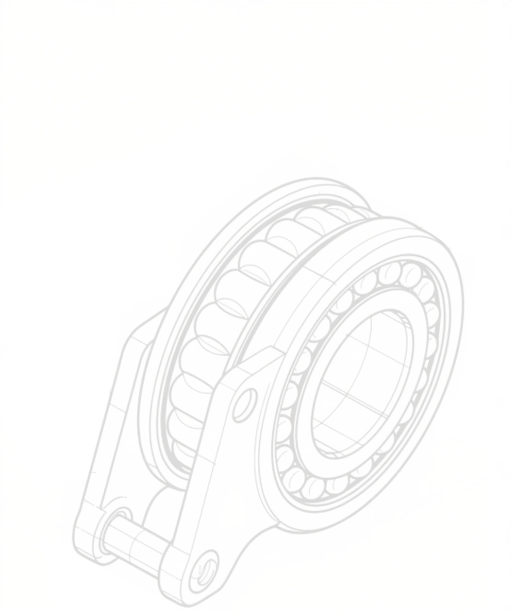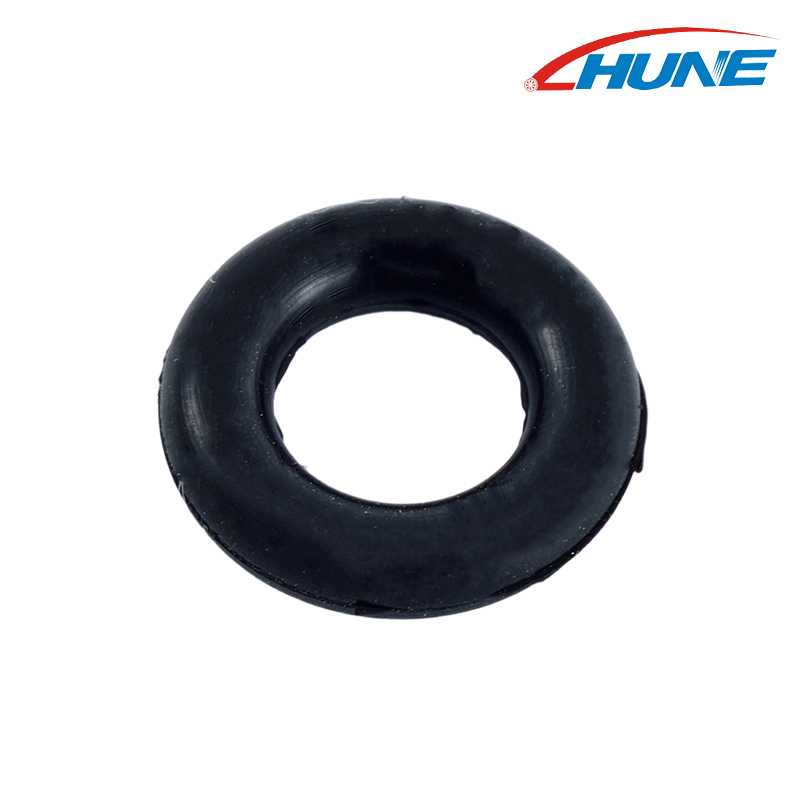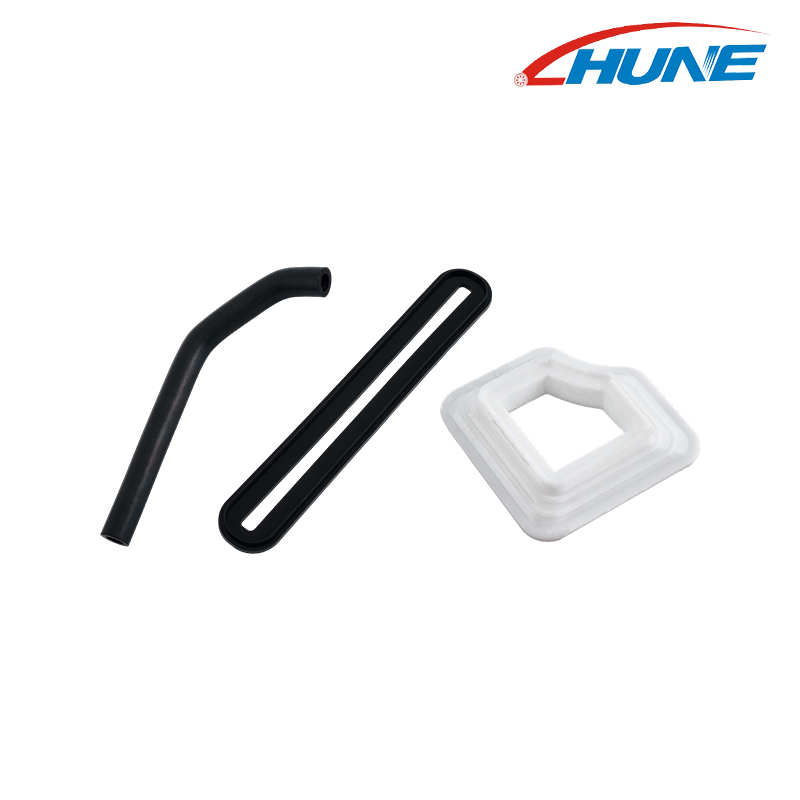Over the past few years, we have diligently pursued higher standards to enhance our product quality, aiming to deliver increased convenience and a better user experience.

-
 0㎡Plant Area
0㎡Plant Area -
 0+Staff
0+Staff -
 0Established in
0Established in -
 0+Exporting Countries
0+Exporting Countries
Rubber Ring is widely used in pipeline connection and leakage prevention system
In modern industrial and civil engineering, the reliability of pipeline systems is crucial to the safe operation of infrastructure. Whether it's water supply networks, sewage treatment, or gas transmission pipelines, ensuring tight connections and preventing leaks are core requirements. Among the many sealing components used in these systems, rubber rings play a vital role due to their excellent elasticity, wear resistance, and adaptability. This article explores the functions, applications, and advantages of rubber rings in pipeline connection and leakage prevention systems, while highlighting how companies like Zhejiang Huaneng Micro Bearing Co., Ltd. contribute to the development and innovation of such sealing technologies.
The Role of Rubber Rings in Pipeline Systems
A rubber ring, also known as an O-ring or sealing ring, is a mechanical gasket in the shape of a torus. It is typically installed in a groove and compressed between two surfaces to create a seal. In pipeline systems, rubber rings are primarily used at the joints between pipes, valves, and fittings to prevent fluid or gas from escaping. Their main function is to maintain pressure integrity and avoid contamination or loss of media being transported.
The effectiveness of a rubber ring depends on its material properties and design. Common materials include nitrile rubber (NBR), ethylene propylene diene monomer (EPDM), silicone, and fluorocarbon (FKM). These materials offer varying degrees of resistance to temperature extremes, chemical exposure, and mechanical stress, making them suitable for diverse environments.
Applications Across Industries
Rubber rings are widely used across multiple industries due to their versatility and performance:
Water Supply and Drainage Systems : In municipal water supply and drainage projects, rubber rings ensure that pipe joints remain watertight even under fluctuating pressures and ground movements.
Gas Transmission Pipelines : For natural gas or propane pipelines, high-quality rubber seals are essential to prevent dangerous gas leaks.
HVAC Systems : Heating, ventilation, and air conditioning systems rely on rubber rings to maintain airtight connections in ducts and refrigerant lines.
Industrial Machinery : In hydraulic and pneumatic equipment, rubber seals help maintain system efficiency by preventing internal and external leaks.
These applications demonstrate the importance of rubber rings not only in preventing leakage but also in maintaining system efficiency, safety, and longevity.
Advantages of Rubber Rings
Compared to other types of seals, rubber rings offer several distinct advantages:
High Elasticity : Rubber rings can return to their original shape after compression, which ensures long-term sealing performance.
Cost-Effective : They are relatively inexpensive to manufacture and easy to install, making them a popular choice for large-scale infrastructure projects.
Versatile Material Options : Different rubber compounds can be selected based on environmental conditions, such as temperature, pressure, and chemical exposure.
Durability : High-quality rubber rings can last for years without degradation, reducing maintenance costs and downtime.
Simple Design : Their simple structure makes them compatible with a wide range of piping systems and joint designs.
These characteristics make rubber rings indispensable in both standard and custom-engineered sealing solutions.
Zhejiang Huaneng Micro Bearing Co., Ltd.: Supporting Innovation in Sealing Technology
While Zhejiang Huaneng Micro Bearing Co., Ltd. is primarily known for its expertise in bearings and pulley systems, the company’s commitment to precision manufacturing and product innovation aligns closely with the needs of sealing technology. Located in Wenzhou, Zhejiang Province, Huaneng operates a 12,000 square meter facility with over 200 employees, offering integrated services in R&D, production, and sales.
Although Huaneng specializes in miniature bearings, medium-sized bearings, and non-standard customized bearings, as well as hardware pulleys, injection molding pulleys, and hanging pulleys, the principles of sealing and friction reduction are deeply embedded in their product design. Bearings often require protective seals to prevent dust and moisture ingress, which is where rubber rings play a critical role. Therefore, Huaneng's extensive experience in precision parts and sealing integration contributes indirectly to the advancement of sealing technology.
Moreover, Huaneng’s customer-centric approach and continuous investment in R&D enable the company to explore new applications and partnerships in related fields. As industries demand higher performance and longer-lasting sealing solutions, companies like Huaneng are well-positioned to collaborate with manufacturers of rubber rings and sealing systems to develop more efficient and reliable products.
Future Trends and Innovations
As global infrastructure continues to expand and evolve, the demand for high-performance sealing solutions will only grow. Several trends are shaping the future of rubber ring technology:
Material Innovation : Researchers are developing advanced rubber compounds with enhanced resistance to extreme temperatures, UV radiation, and aggressive chemicals.
Smart Seals : Integration with sensors and IoT technology allows for real-time monitoring of seal integrity, enabling predictive maintenance.
Sustainability : Eco-friendly rubber alternatives and recyclable materials are gaining traction in response to environmental concerns.
Customization : With increasing application-specific requirements, custom-designed rubber rings are becoming more common in specialized industries.
Companies like Huaneng, with strong R&D capabilities and a focus on quality, are likely to play a key role in driving these innovations forward through collaboration and cross-disciplinary engineering.
Rubber rings are fundamental components in pipeline connection and leakage prevention systems, offering unmatched sealing performance across a wide range of industries. Their flexibility, durability, and cost-effectiveness make them a preferred choice for engineers and designers worldwide. As infrastructure demands become more complex, the need for advanced sealing solutions will continue to rise.
In this context, companies like Zhejiang Huaneng Micro Bearing Co., Ltd. —though primarily focused on bearing and pulley systems—contribute significantly to the broader ecosystem of precision manufacturing and sealing technology. With its robust production capabilities and customer-oriented philosophy, Huaneng exemplifies how a company can support innovation beyond its core products and help shape the future of industrial sealing systems.






 English
English  Español
Español  日本語
日本語 








